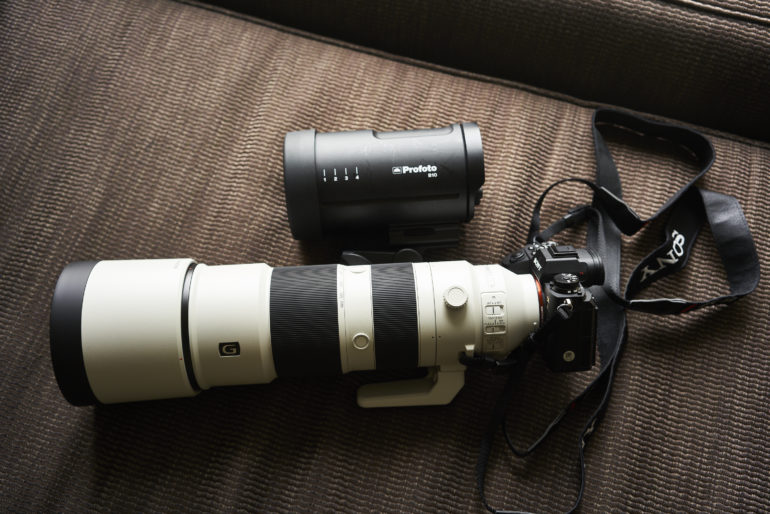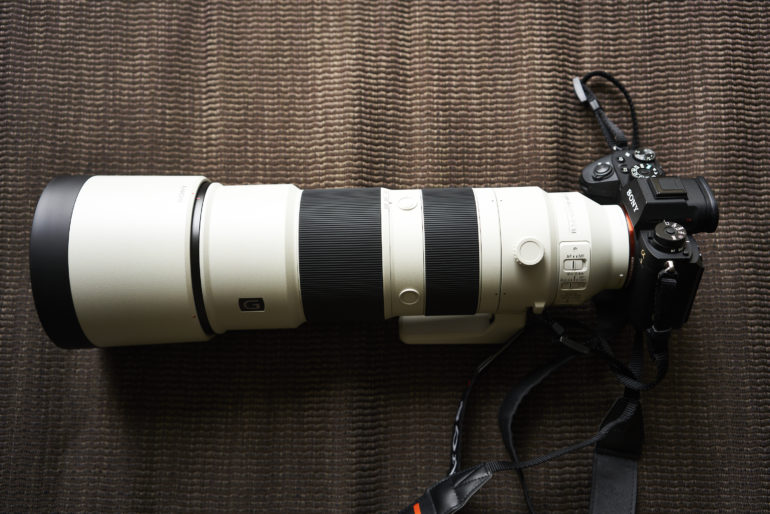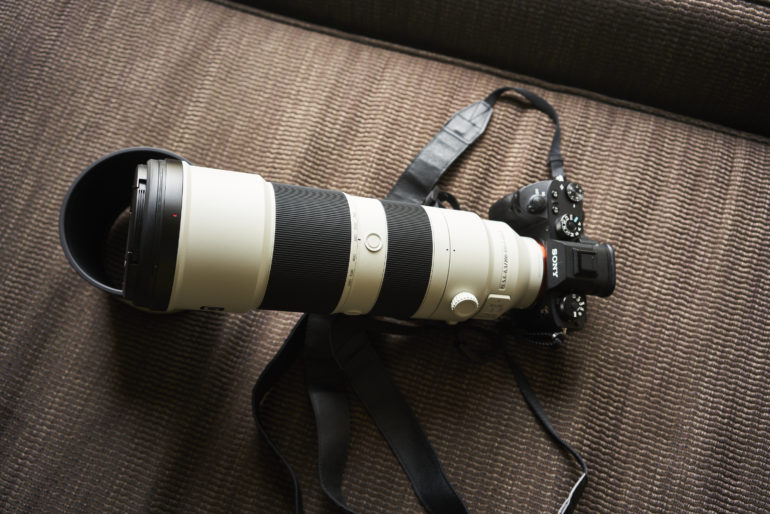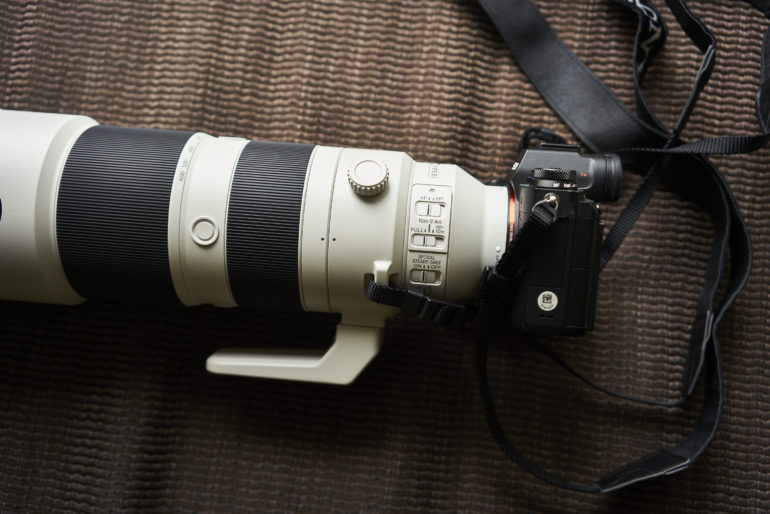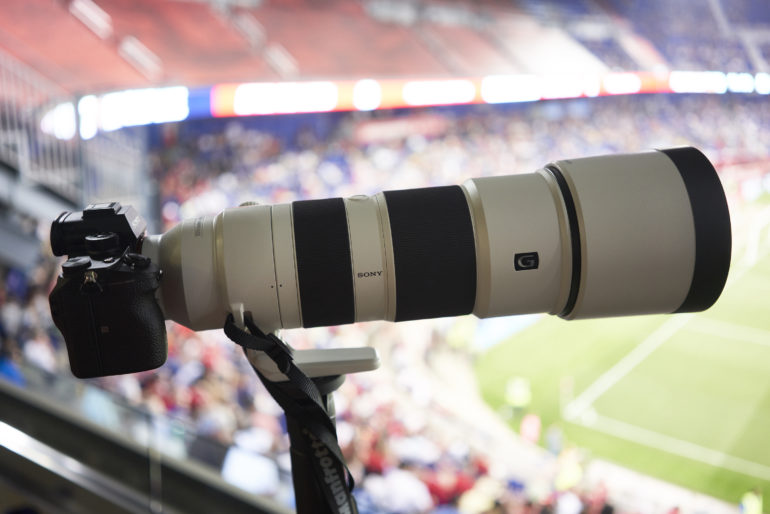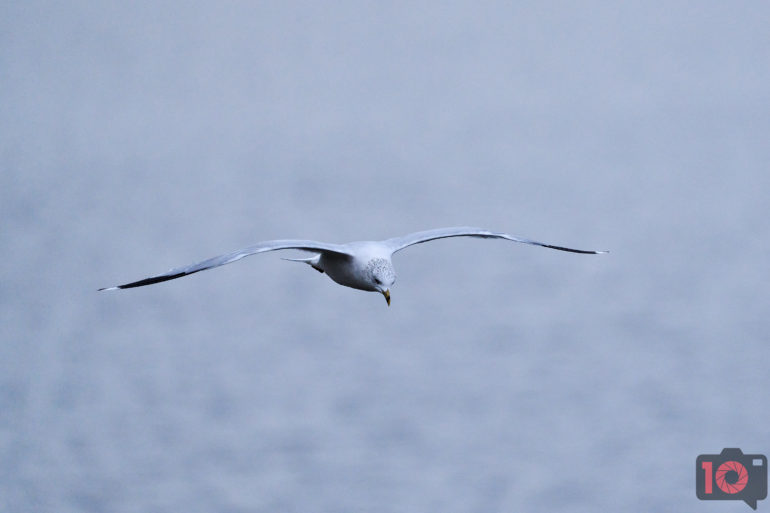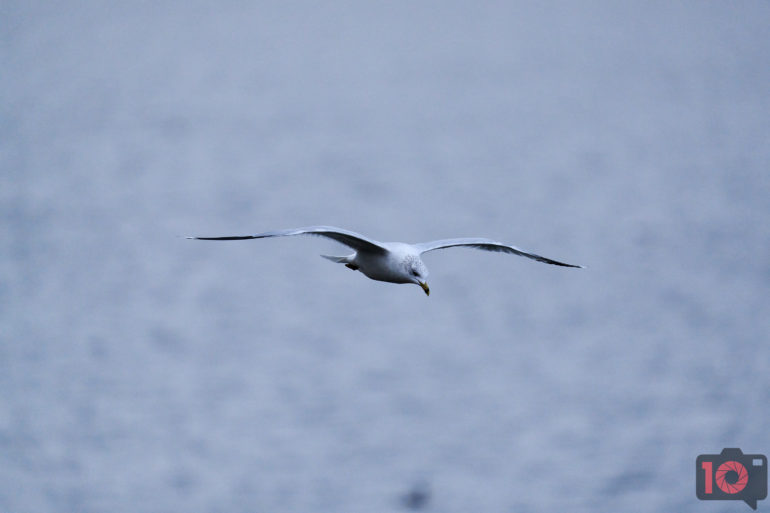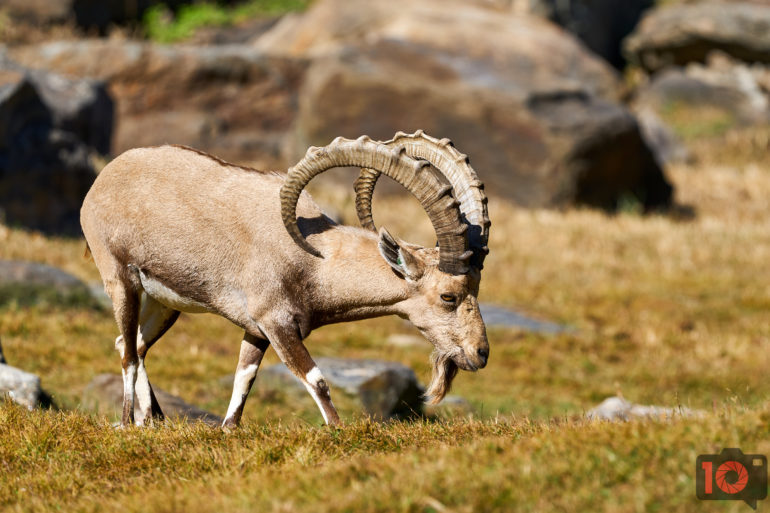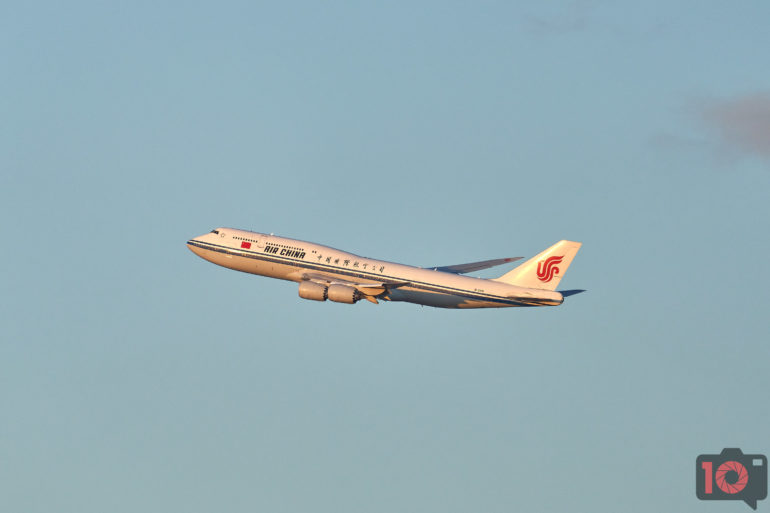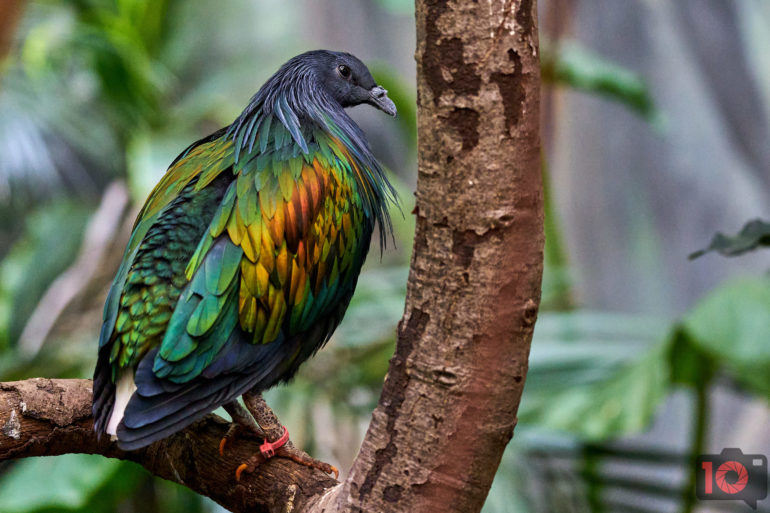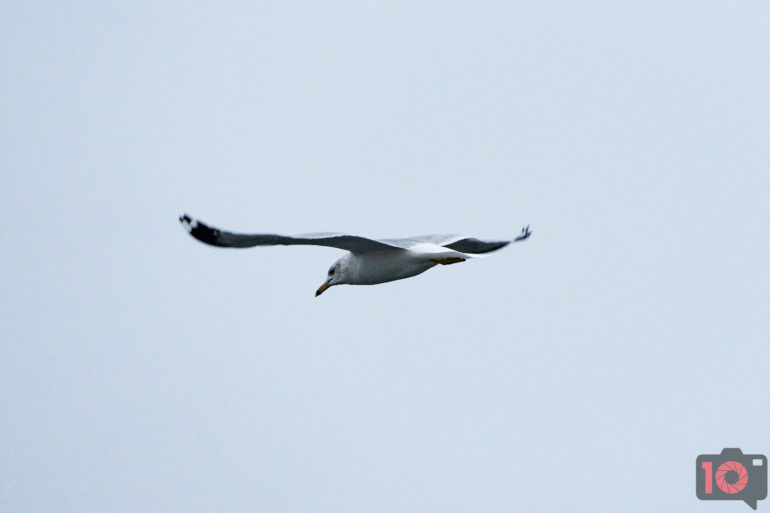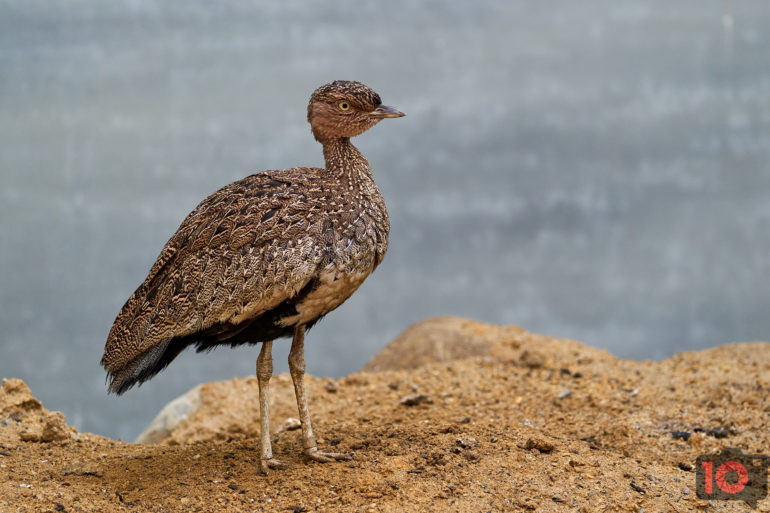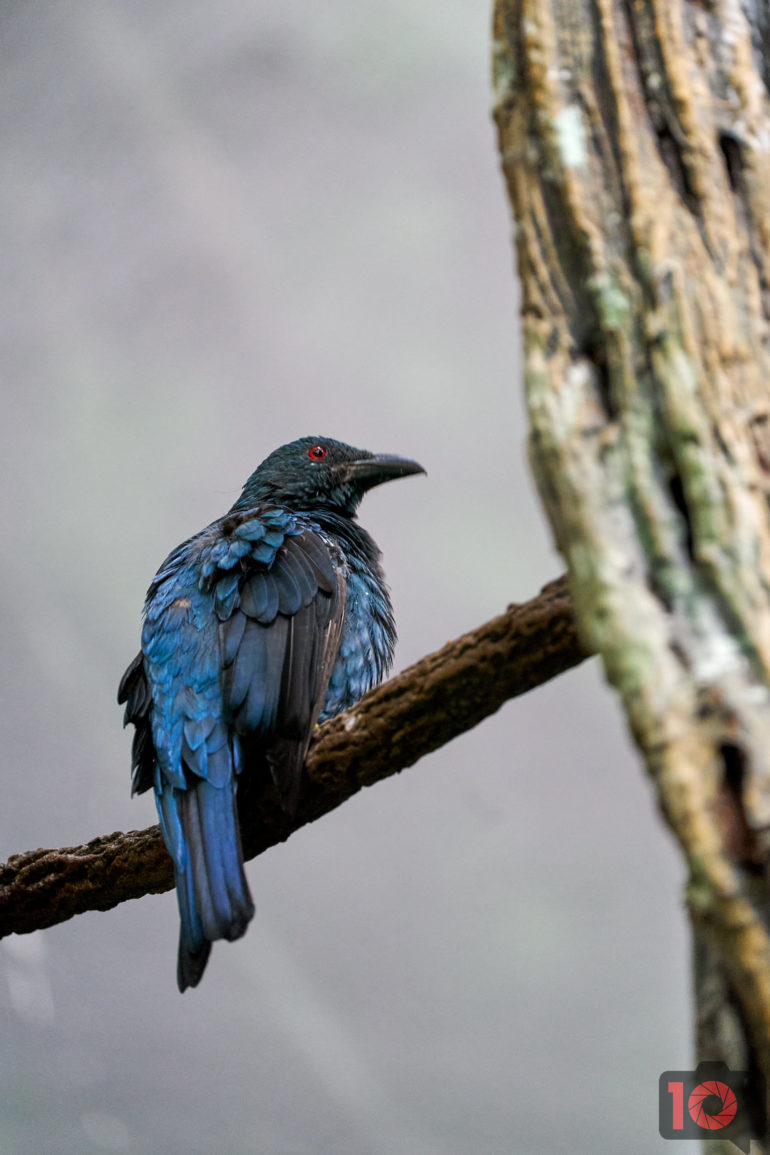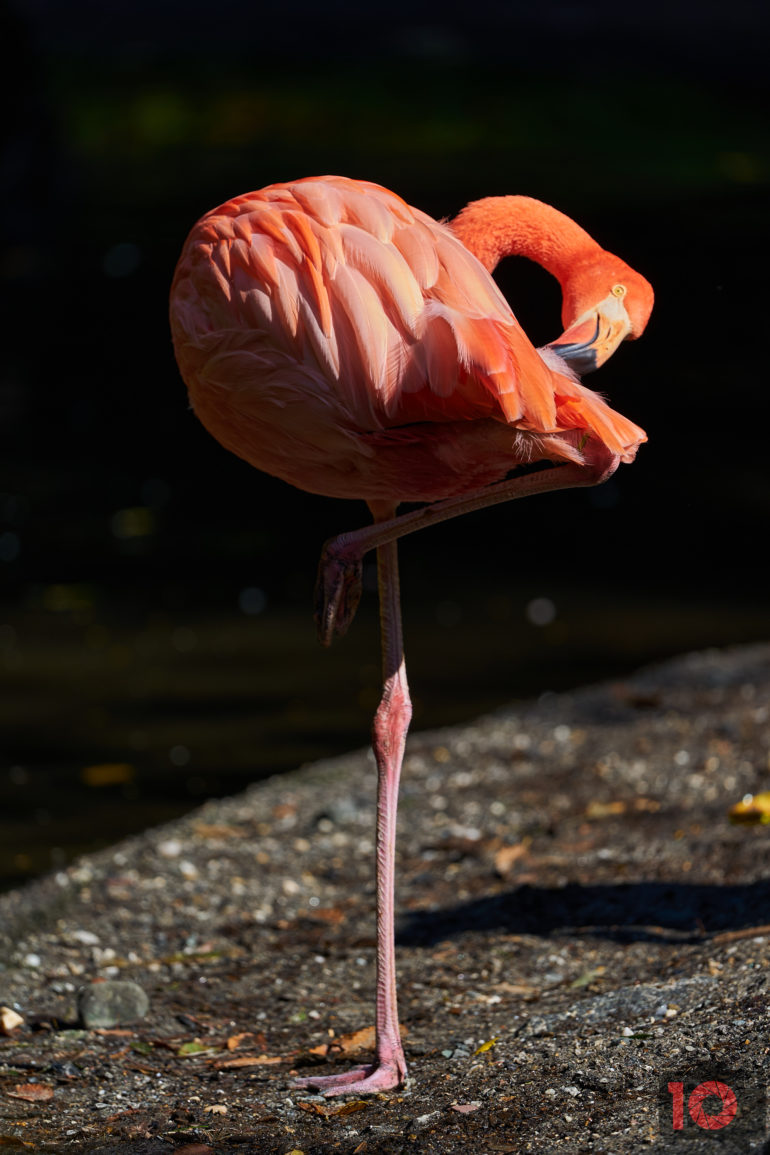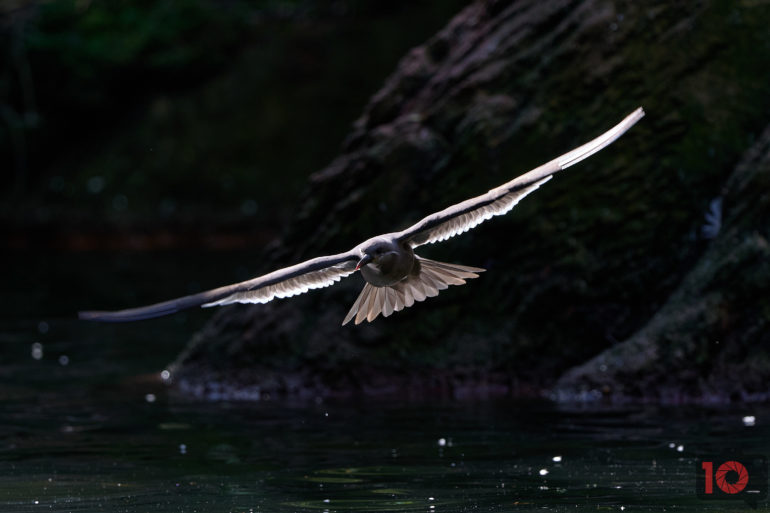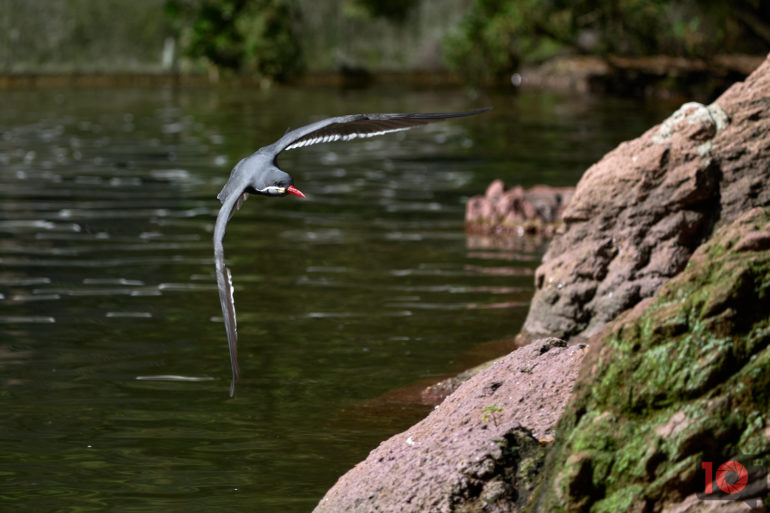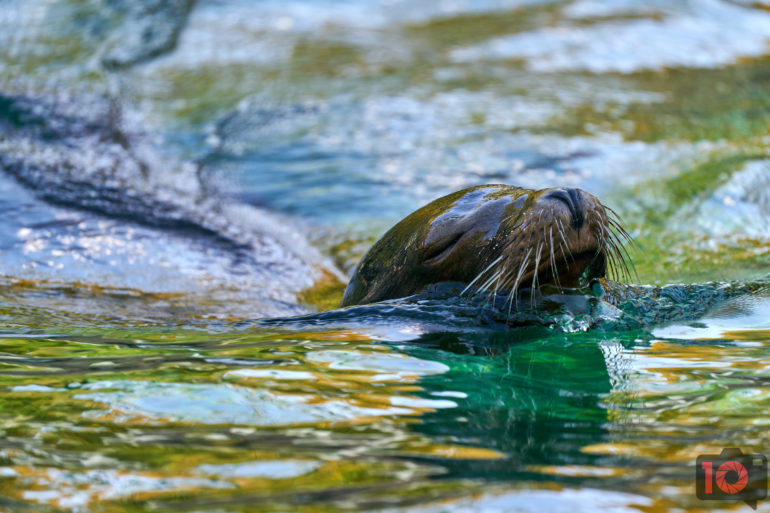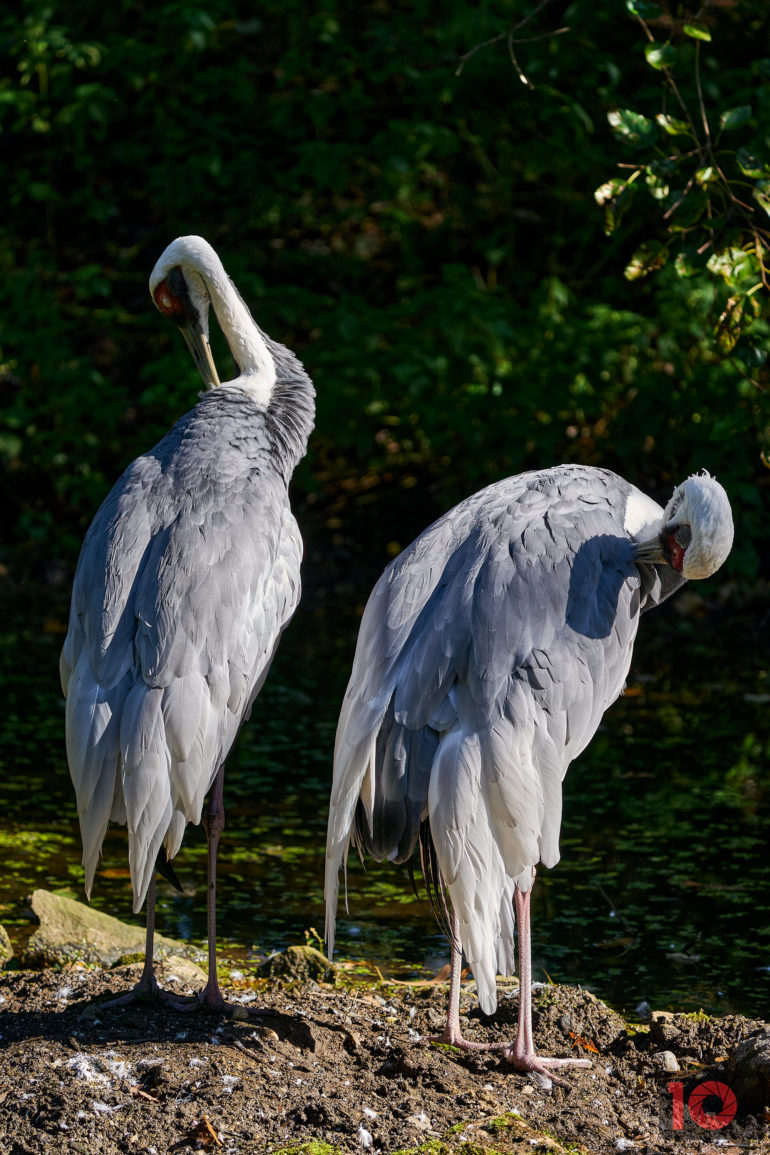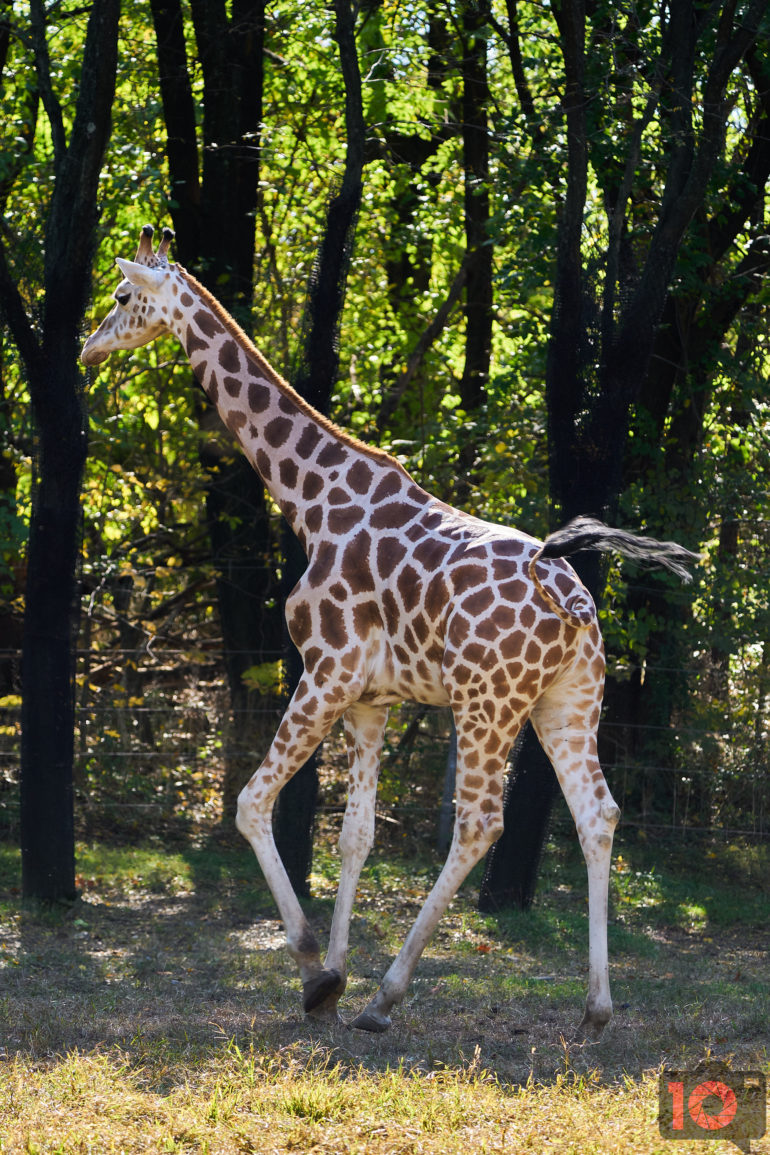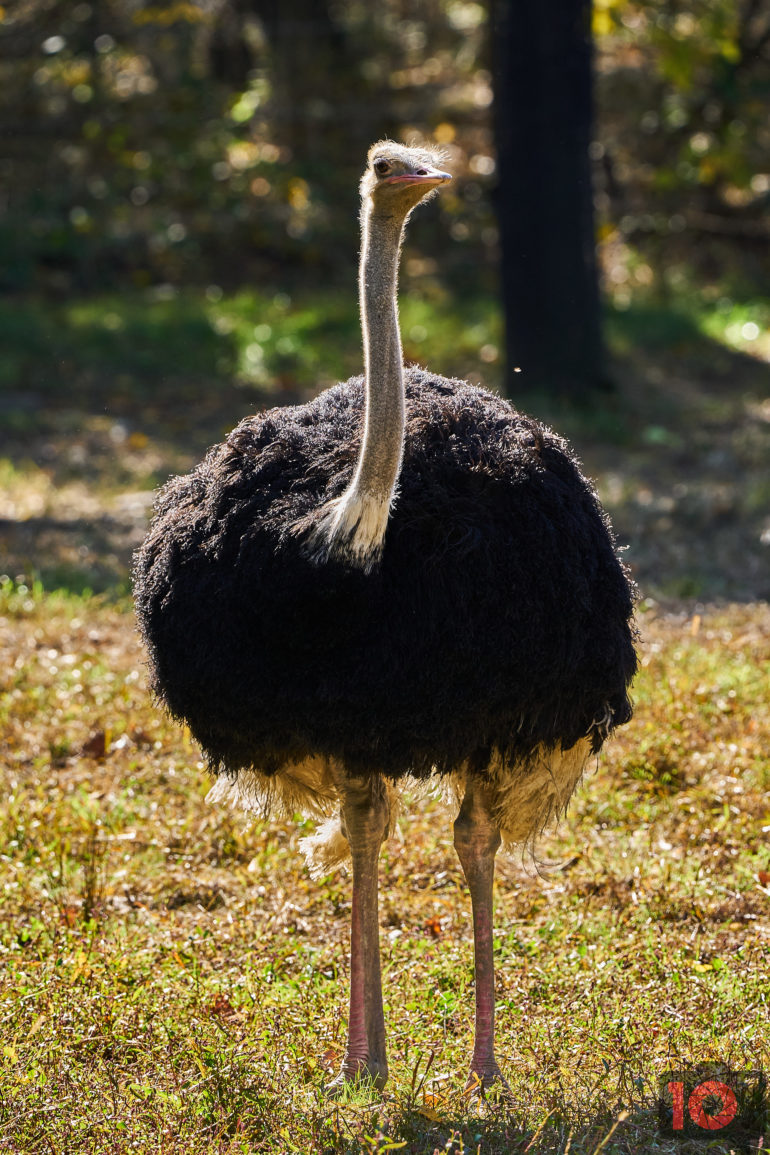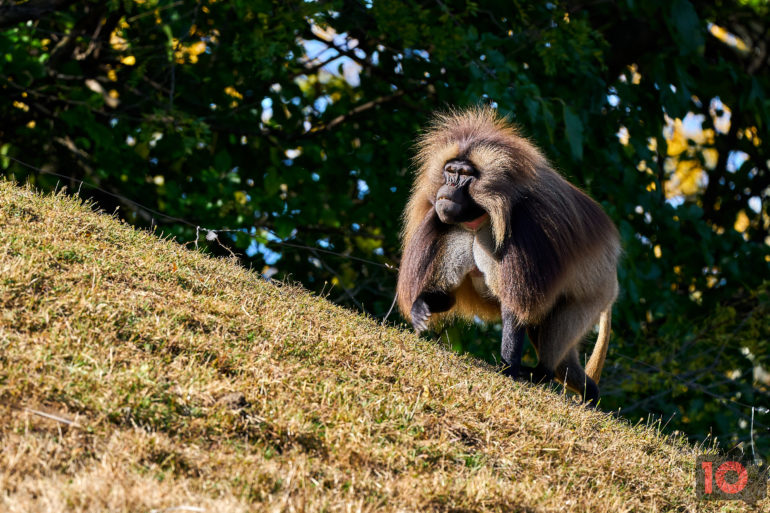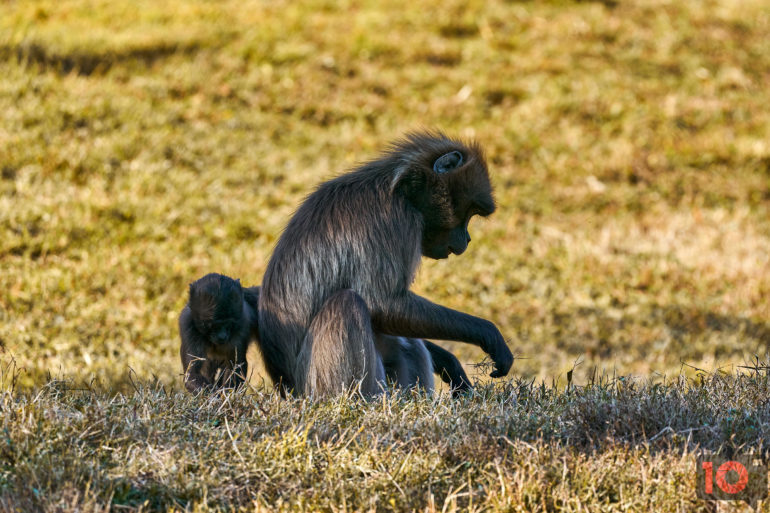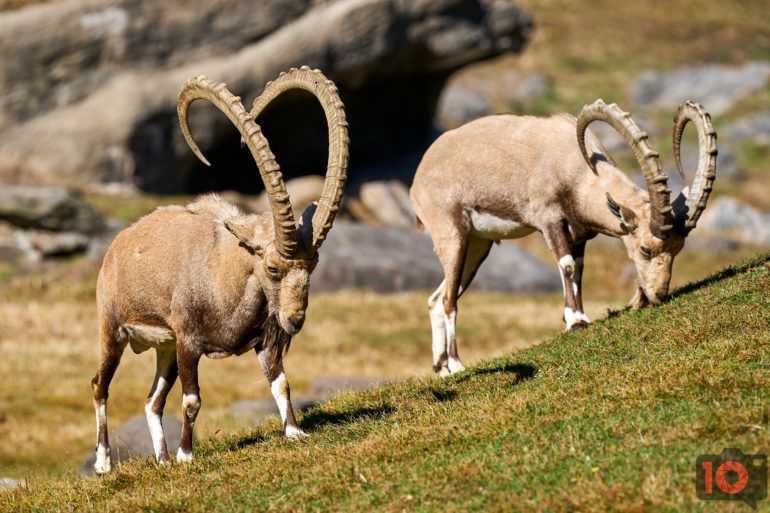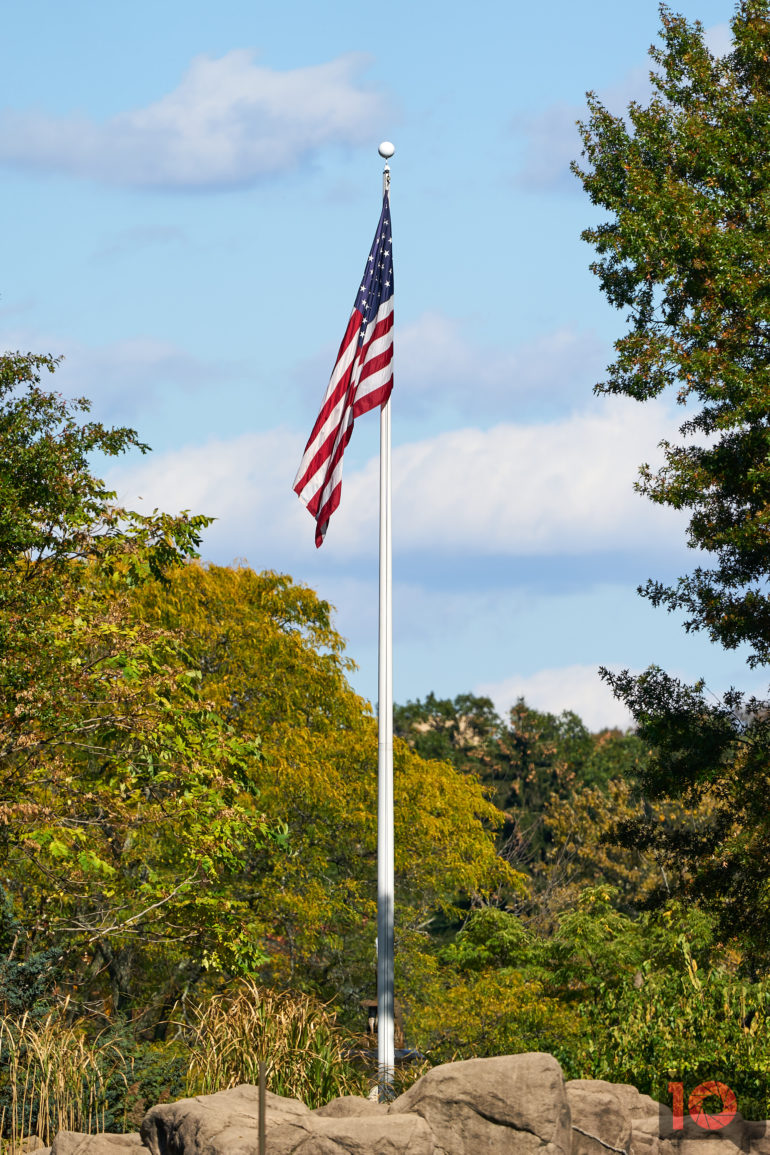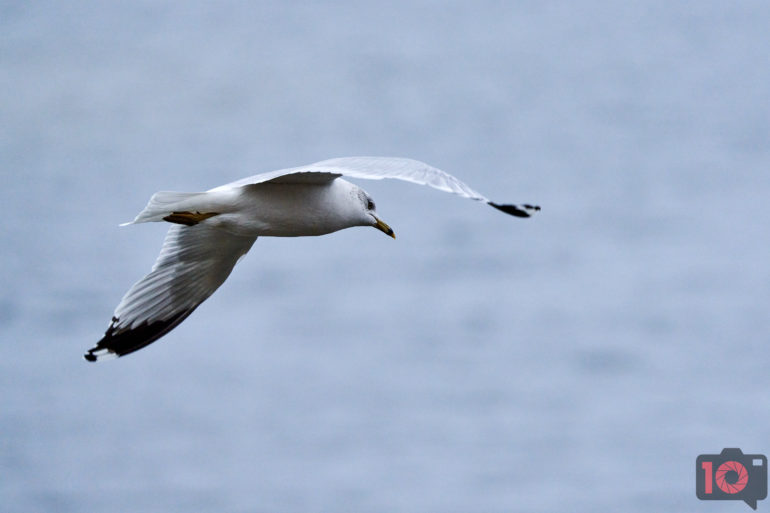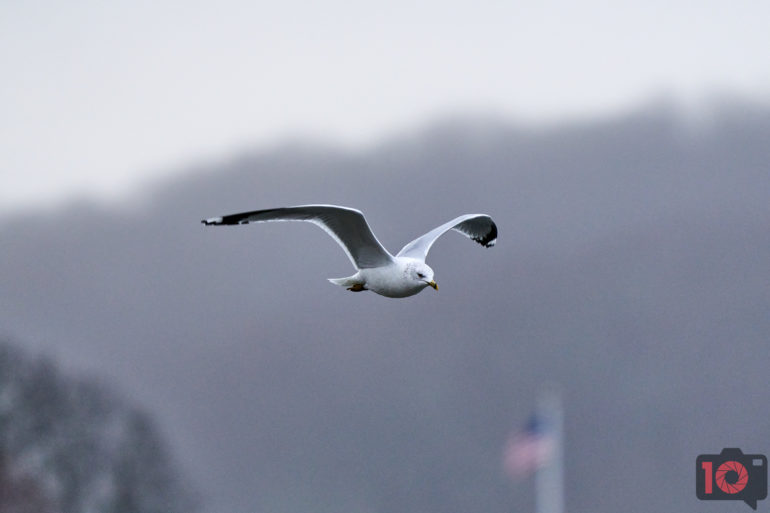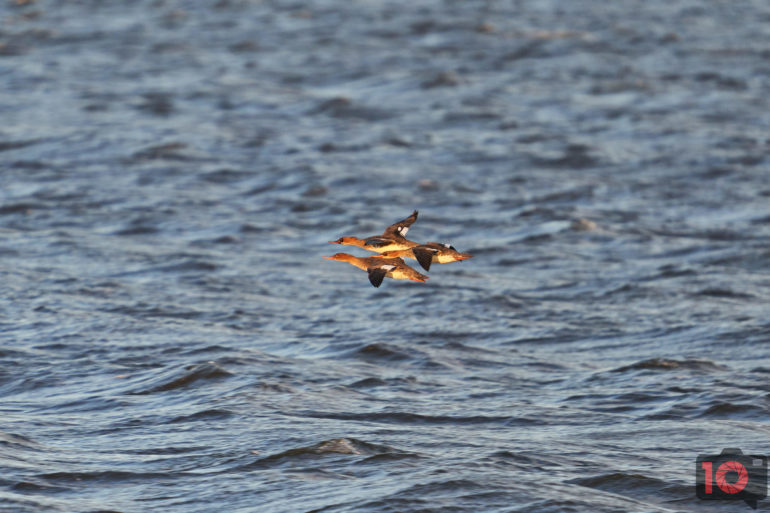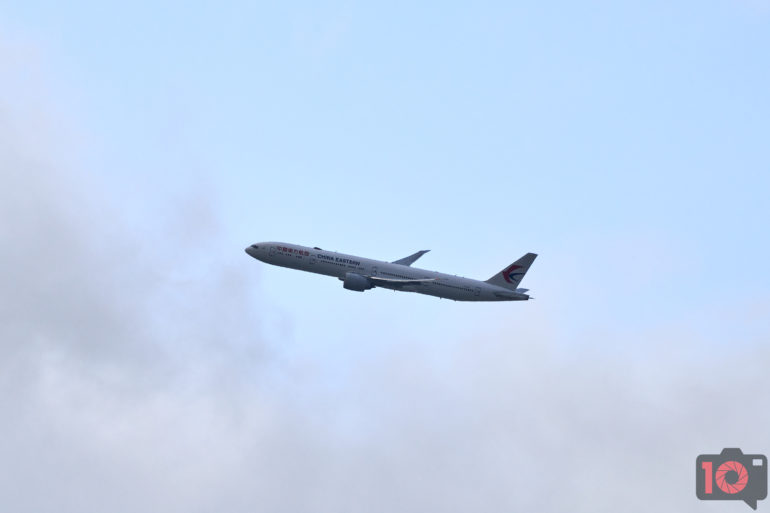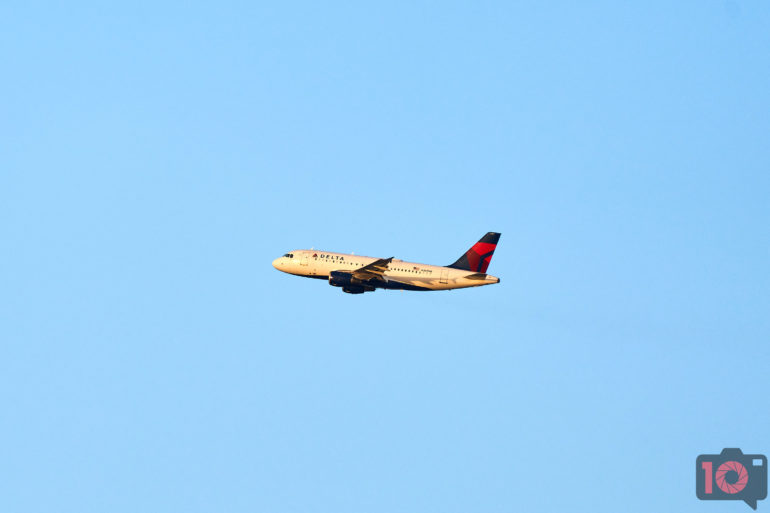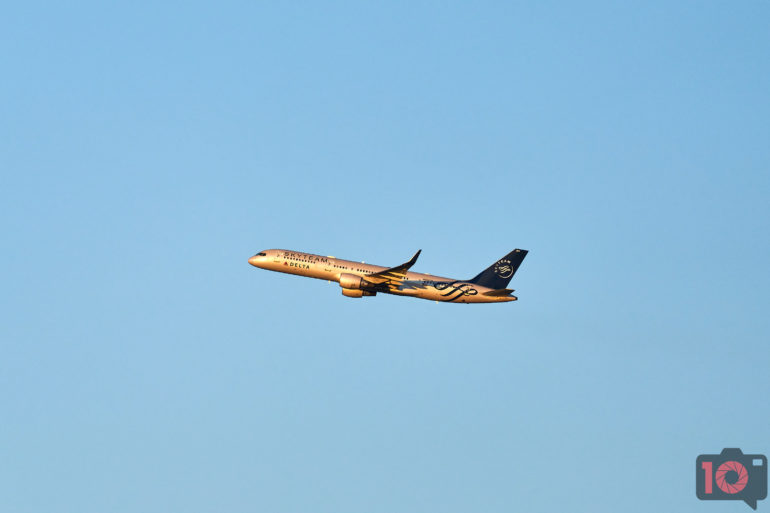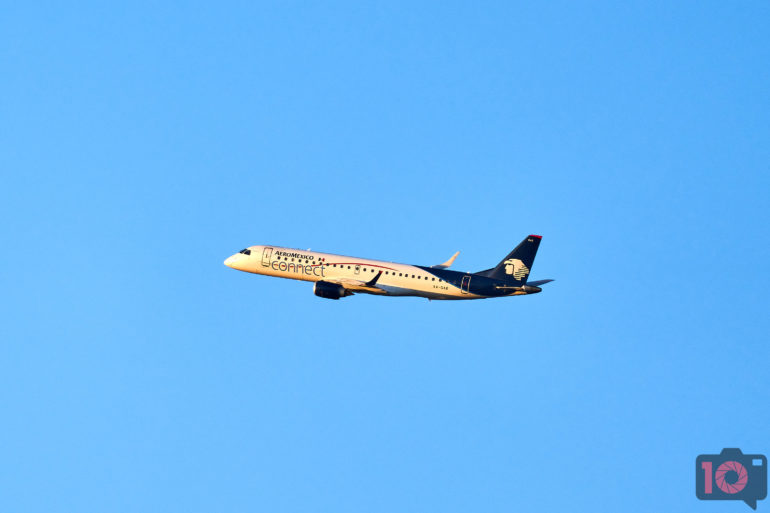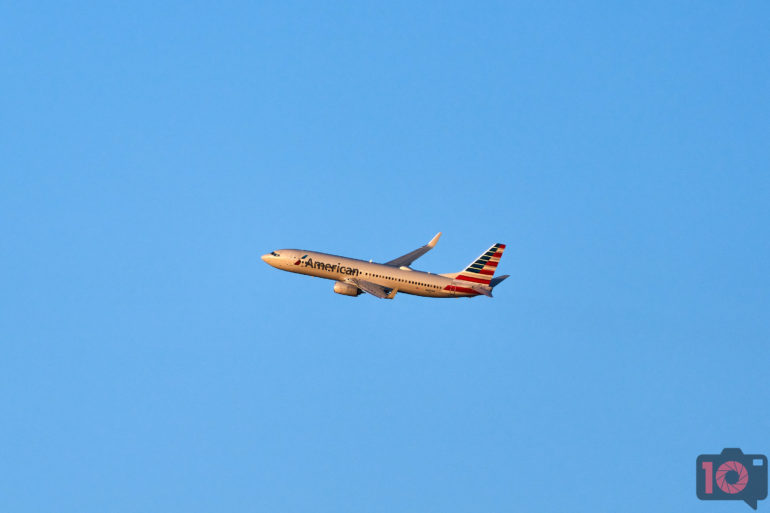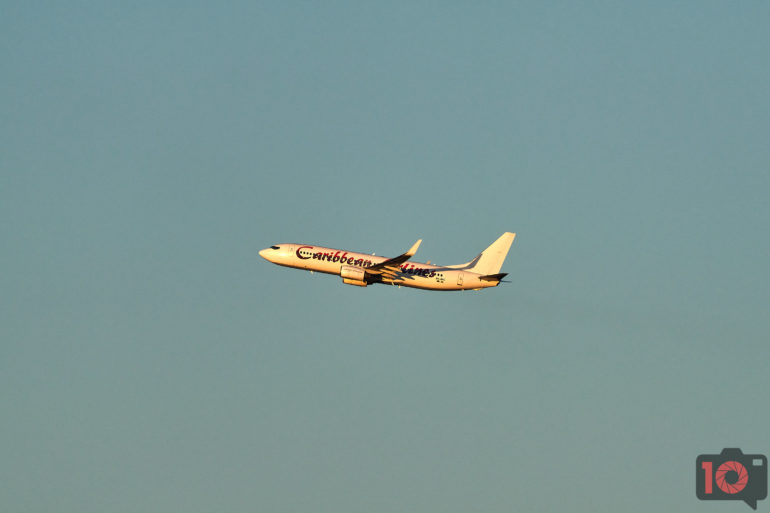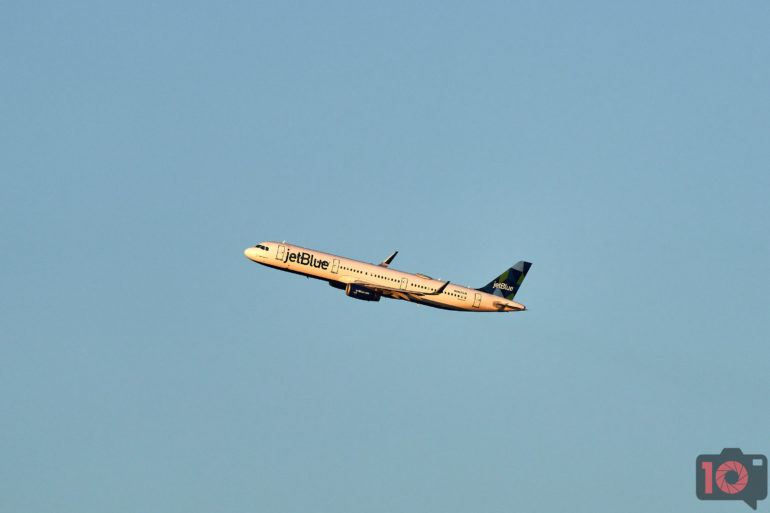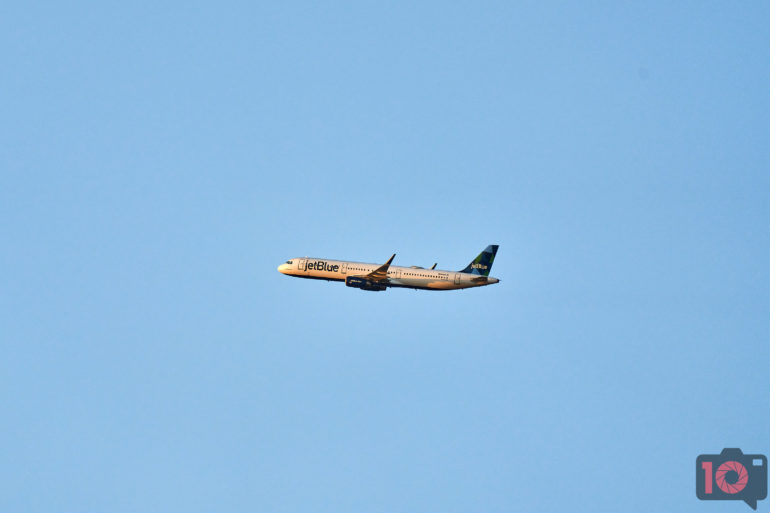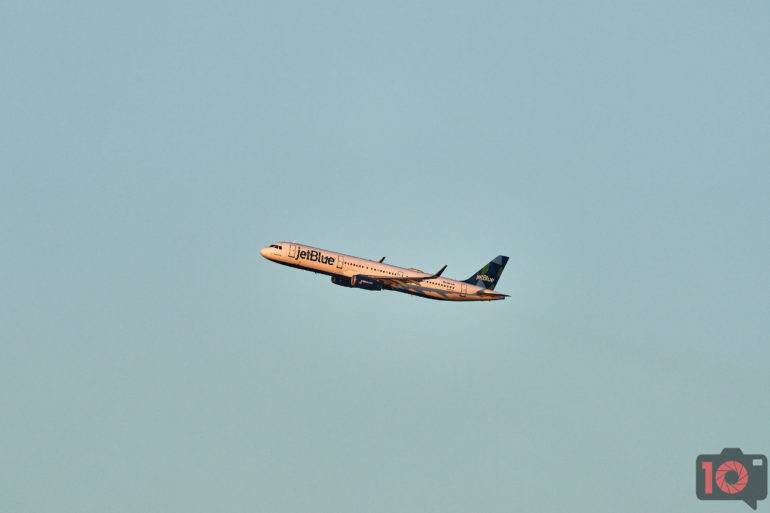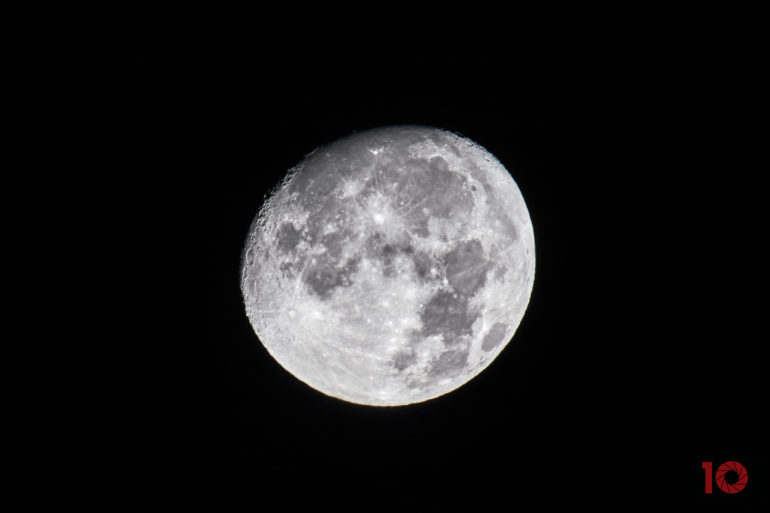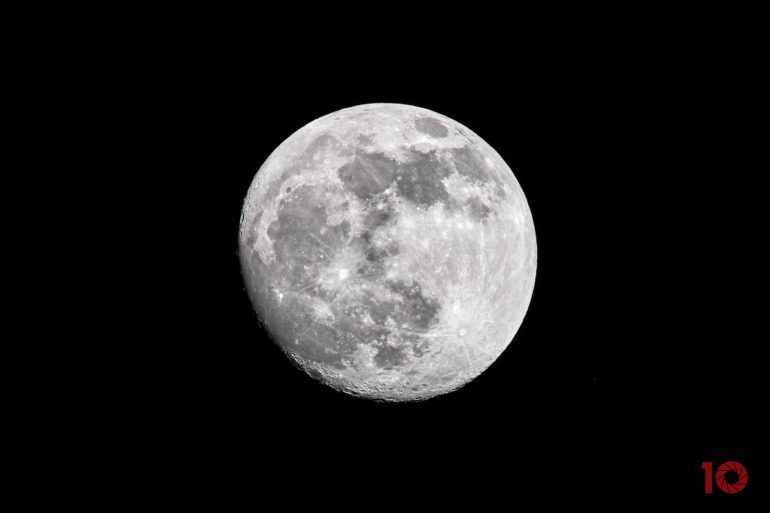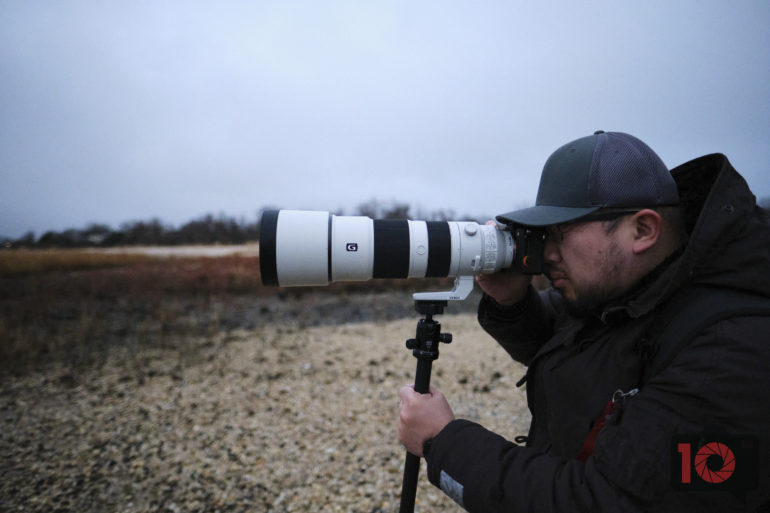The Sony 200-600mm f5.6-6.3 G OSS Super Telephoto lens is an ideal companion for Sony mirrorless shooters specializing in sports and wildlife photography
The Sony 200-600mm f5.6-6.3 G OSS Super Telephoto lens covers a versatile focal range that allows you to photograph subjects that are typically hard to reach. Naturally, this is a lens that belongs in the hands of sports and wildlife photographers. For a lens covering such a long focal range, the Sony 200-600mm f5.6-6.3 G OSS is surprisingly lightweight and relatively compact. Sports and wildlife photographers will surely appreciate the 200-600mm’s reliable autofocusing capabilities. Paired with the latest Sony Full Frame Mirrorless cameras, it’ll make short work of acquiring and tracking fast-moving subjects.
Editor’s Note: Some of the photos from this review were shot during a press trip that was fully paid for by Sony. The Phoblographer maintains its 100% transparency policy with our readers. Further, our editors are trained against giving overly positive reviews despite being on trips.
Table of Contents
Pros and Cons
Pros
- Well constructed
- Relative compact & lightweight for a super-telephoto
- Sturdily built
- Excellent autofocus performance
- Superb image quality
Cons
- Maximum aperture is variable
- Maximum aperture could also be brighter
- Low light performance could be improved
Gear Used
We tested the Sony 200-600mm f5.6-6.3 G OSS Super Telephoto lens with the Sony A9 II, Sony A7R III, Sony A7R IV, Sony FE 2x Teleconverter, and the MeFOTO Roadtrip Leather Edition Tripod.
Tech Specs
| General | |
| Brand | Sony |
| Lens Series | G OSS |
| Color | Black |
| Lens Type | Telephoto Zoom |
| Lens Mount | Sony E (Full Frame) |
| Format Compatibility | 35mm Film / Full-Frame Digital Sensor |
| Focus | |
| Focus Type | Auto Focus |
| Closest Focus Distance | 7.88′ / 2.4 m |
| Optics | |
| Focal Length | 200-600mm |
| Angle Of View | 35mm: 12 – 4 degree 30 – 10′ |
| APS-C 8-2 Degree 40′ | |
| 35mm Equivalent Focal Length | 300-900mm |
| Maximum Aperture | f5.6-6.3 |
| Minimum Aperture | f32 – 36 |
| Maximum Magnification | 0.2x |
| Filter Size | 95mm |
| Construction | |
| Lens Elements / Groups | 17 Elements / 22 Groups |
| Diaphragm Blades | 11, Rounded |
| Dimensions Diameter x Length | 4.50 x 12.6″ (111.5 x 318 mm) |
| Weight | 74.7 oz / 2115 g |
| Features | |
| Image Stabilization | OSS |
Ergonomics
Ergonomics section taken from our First Impressions article.
The Sony 200-600mm f5.6-6.3 G OSS is a marvel of a lens in many ways. The entire thing has an internal zoom. That makes the size of the lens much smaller. In the photo above, you can see it next to a Profoto B10–which is roughly the size of a 70-200mm f2.8 lens. As you can see, the Sony 200-600mm f5.6-6.3 G OSS isn’t that large for what it is.
The bigger black rubber ring on the Sony 200-600mm f5.6-6.3 G OSS is for zooming. The back ring is for focusing. I’m sure most folks will be using the Sony 200-600mm f5.6-6.3 G OSS with autofocus. The lens also comes with its own tripod collar.
Without the lens hood attached, the Sony 200-600mm f5.6-6.3 G OSS becomes a smaller package. That means that when it is reversed and put into your bag, you’ll be able to store it easier. Still, though, I probably wouldn’t put it in my camera bag with the camera attached. That’s just a lot of surface area dedicated to one lens and a camera.
On the side of the Sony 200-600mm f5.6-6.3 G OSS are controls like image stabilization, focus limiters, and focusing type. Some of this will also be controlled via the camera.
Build Quality
The Sony 200-600mm f5.6-6.3 G OSS is a large lens. But it’s relatively compact and lightweight for a super-telephoto. The lens felt balanced with the Sony A9 II, Sony A7R III, and Sony A7R IV that we tested it with. I shot with it for an entire day without arm fatigue. Photographers that don’t even lift though may have a hard time handling this lens. What’s more, Sports and wildlife shooters will appreciate its durability. The Sony 200-600mm f5.6-6.3 G OSS survived a particularly cold and wet New York winter. Though it’s not a G Master, the weather resistance is flawless. Sony did an excellent job with the 200-600mm f5.6-6.3 G OSS.
Ease of Use
It shows that Sony put a lot of thought into Sony 200-600mm f5.6-6.3 G OSS’s design. The customizable focus hold buttons, AF/MF switch, focus range limiter, and Optical SteadyShot switches are intuitively placed and easily accessible when shooting. We rarely adjusted the focus range limiter but it’s a useful switch. The lens’s Optical SteadyShot image stabilization tech works beautifully with the In-Body Image Stabilization in Sony’s cameras. Together, they deliver sharp photos when aiming the Sony 200-600mm f5.6-6.3 and tracking fast-moving subjects.
Autofocus



Throughout our time with the Sony 200-600mm f5.6-6.3 G OSS, we experienced the most responsive autofocus performance when the lens was paired with the Sony A9 II. This is no surprise given how tremendously advanced that camera’s autofocusing capabilities are. When paired with the higher resolution A7R III and A7R IV, the 200-600mm was no slouch either. We were able to lock onto and track fast-moving subjects like birds in flight and airplanes without any issues. The Sony 200-600mm f5.6-6.3 G OSS is an ideal companion for sports and wildlife photographers shooting with the latest generation of Sony mirrorless cameras.
When shooting with the A7R III and A7R IV with Sony 200-600mm f5.6-6.3 G OSS mated with Sony’s own 2x Teleconverter, Phase Detect Autofocus is not supported as the lens’s brightest apertures essentially drop down to between f11 & f13. Contrast Detect Autofocus is still available, which shouldn’t be an issue in brightly lit scenarios but may prove to be quite challenging when shooting in low light and low contrast environments.
Image Quality
Once you’ve familiarized yourself with the Sony 200-600mm f5.6-6.3 G OSS Super Telephoto and grown accustomed to the long focal range, you’ll be able to produce some stellar images. While some may lament that the lens is only an f5.6-6.3 and lacks a constant maximum aperture, do remember that this is only a G lens and not Sony’s top tier G Master. For its relatively compact size (by telephoto standards anyway) and price, you’re getting a heck of a bargain with the Sony 200-600mm f5.6-6.3 G OSS.
Bokeh
Obviously, you’re not going to get the same buttery smooth bokeh when shooting with the Sony 200-600mm f5.6-6.3 G OSS as you would from something like the Sony 135mm f1.8 G Master. They’re tools tailor-made for different tasks. With that said, you can still achieve desirably creamy bokeh in your images to help separate your subject from its surroundings as long as you have a good understanding of how depth of field works. The closer you’re able to get to your subject with the Sony 200-600mm f5.6-6.3 G OSS, the more pleasing the bokeh will become.
Chromatic Aberration
On rare occasions, we did notice the appearance of slight purple fringing when shooting with the Sony 200-600mm f5.6-6.3 G OSS. You’re really only going to notice this if you’re pixel peeping, and honestly, it’s super simple to correct during post-processing that it’s nothing to worry about.
Color Rendition
When shooting with the Sony 200-600mm f5.6-6.3 G OSS in well-lit conditions, you’ll be rewarded with beautiful images that are rich in color such as in the above image.
If you’re shooting with the Sony 200-600mm f5.6-6.3 G OSS in less than ideal conditions such as in the above image where the sky was overcast, your images will appear understandably duller. This is a lens that is thirsty for light, but boy does it shine if you satiate that thirst.
Sharpness
As long as there’s ample light in the scene, the Sony 200-600mm f5.6-6.3 G OSS Super Telephoto will deliver tack sharp images with no discernible decrease in sharpness of in-focus objects even as you move towards the periphery of the frame.
Additional Image Samples
Here are some additional images we shot using the Sony 200-600mm f5.6-6.3 G OSS Super Telephoto lens paired with the Sony A9 II, Sony A7R III, Sony A7R IV, and Sony FE 2x Teleconverter. Some of the sample images seen within this review have been color graded and/or cropped. As a matter of ethics, none of the sample images seen within this review have been retouched so that you can judge the quality of the images produced by the Sony 200-600mm f5.6-6.3 G OSS Super Telephoto lens for yourself.





Conclusions
Likes
- Relative compactness for a super-telephoto
- Solid build quality
- Autofocus performance in well-lit shooting conditions
- Excellent image quality
- Reasonably priced at US $1,998.00
Dislikes
- Low light performance
- Variable maximum aperture
The Sony 200-600mm f5.6-6.3 G OSS Super Telephoto combines snappy and precise autofocusing performance, robust build quality, and stellar image quality into a superb lens that is worthy of being added to any sports and wildlife photographer’s arsenal. The fact that Sony was able to keep it relatively lightweight and compact just adds to its versatility. We can’t help but wonder if a G Master version of the same lens is on the horizon though. A 200-600mm sporting constant maximum aperture that’s brighter at f4 or, dare I say, f2.8, would surely alleviate the low light performance degradation that we experienced with the Sony 200-600mm f5.6-6.3 G OSS. Obviously, this tradeoff to having a brighter & constant maximum aperture means that there will undoubtedly be an increase in weight and size. There will surely be a price premium as well. As it stands though, for Sony Full Frame Mirrorless shooter specializing in sports and wildlife photography, you will definitely want to get your hands on the Sony 200-600mm f5.6-6.3 G OSS.
We’re awarding the Sony 200-600mm f5.6-6.3 G OSS Super Telephoto lens Four out of Five Stars. It’s an excellent option for sports and wildlife photographers shooting with Sony mirrorless cameras. You can pick one up for yourself over at Amazon.



